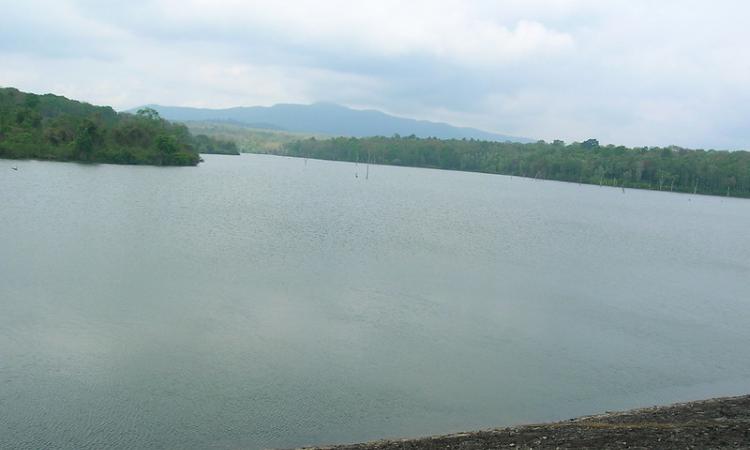
Deficient rainfall results in low storage in reservoirs of north, central India
Deficit rainfalls in Himachal Pradesh, Punjab, Rajasthan, Gujarat, Odisha and Nagaland have contributed to low storage levels in India's major reservoirs, especially in northern and central India.
According to Central Water Commission (CWC) data, the total live storage capacity of 130 reservoirs monitored by CWC is 104.819 billion cubic metres, which is 61 percent of the total live storage capacity of these reservoirs.
At present, only 11 dams are completely full, including three in Jharkhand, four in Karnataka, two in Tamil Nadu and one each in Maharashtra and Telangana. Data also shows that the river basins of Ganga, Tapi, Mahanadi, Sabarmati and rivers of Kutch have deficient reserves, while Subernarekha, Godavari, Krishna, Cauvery have stocks above normal. (Down to Earth)
IMD records the highest single-day rainfall in August since 2007 in Delhi
India Meteorological Department (IMD) logged 138.8 millimetres of rain at its Safdarjung station in Delhi on August 21, surpassing the previous single-day high of 166.6 millimeters from August 2, 2007.
Between 2.30 am and 5.30 am, the Safdarjung weather station recorded 73.2 mm of rain, followed by 50.4 mm in the following three hours. According to IMD data, Delhi recorded 478.3 mm of rainfall between June 1 and August 21, as compared with the normal rainfall of 417.6 mm during the same period.
Although the North and New Delhi have seen an abundance of rain this season, the East and North-Eastern parts of the capital have observed a deficit. (The Indian Express)
Nitrate contamination of groundwater is a growing concern in Bihar
During the past two years, the school of environmental studies at Jadavpur University has conducted groundwater quality surveys in the districts of East Bardhaman and Nadia.
The study found excessive nitrate concentrations in groundwater samples from six blocks in Bardhaman district and four blocks in Nadia district. Nadia's water problem was alarming as nearly two-thirds of samples of groundwater collected there were found to be ranging from poor to ‘extremely unsuitable’.
In Bardhaman district, the study found excessive concentrations of nitrate in "very few samples", however, researchers felt regular monitoring was needed to keep the track of changes. (Outlook India)
Drinking water of Goa contains microplastics, finds a study
According to a new study from the National Institute of Oceanography (NIO) and Delhi-based advocacy group Toxics Link, Goa's potable water is contaminated with microplastics. PVC piping could be a potential source of microplastics, so the water transporting system must be examined as a mitigation measure in order to understand the status of the drinking water.
NIO tested eleven samples of water collected from taps and treatment plants across the state for microplastic contamination. A total of 288 microplastic particles were found in the samples, with the highest concentration found in Mapusa.
Due to their persistence, ubiquity, and toxic potential, microplastics have been recognized globally as one of the most critical emerging marine pollutants. (The Times of India)
A third of India's coastline is subjected to sea erosion, and West Bengal is the worst-hit
A recent technical report published by the National Centre for Coastal Research (NCCR) under the Union Ministry of Earth Sciences estimates that 32 percent of India's coastline has eroded and 27 percent has expanded between 1990 and 2018.
With 60 percent of the coastline eroded, West Bengal is most vulnerable, followed by Puducherry, Kerala, Tamil Nadu, Andhra Pradesh, Gujarat including Daman and Diu, Odisha, Karnataka, Maharashtra and Goa. Odisha's coast expanded by 51 percent, followed by the coast of Andhra Pradesh, Karnataka, West Bengal, Tamil Nadu, Kerala, Gujarat, including Daman and Diu, Goa, Maharashtra, and Puducherry. The sea has eroded 98 coastal pockets of the country, most of which are in Tamil Nadu. (Down to Earth)
This is a roundup of important news published from August 10 - 23, 2021. Also, read policy matters this fortnight.
/articles/water-levels-reservoirs-north-central-india-plummet-rainfall-deficit-blame